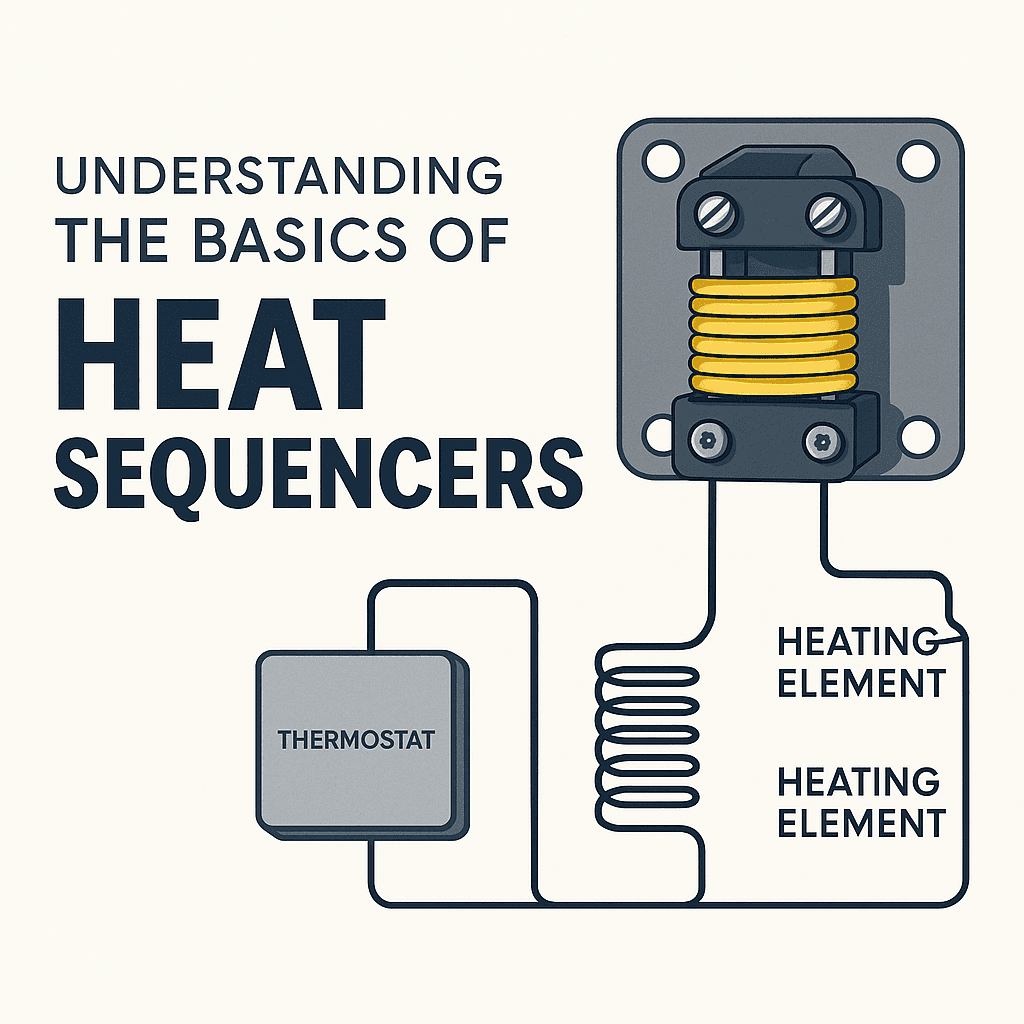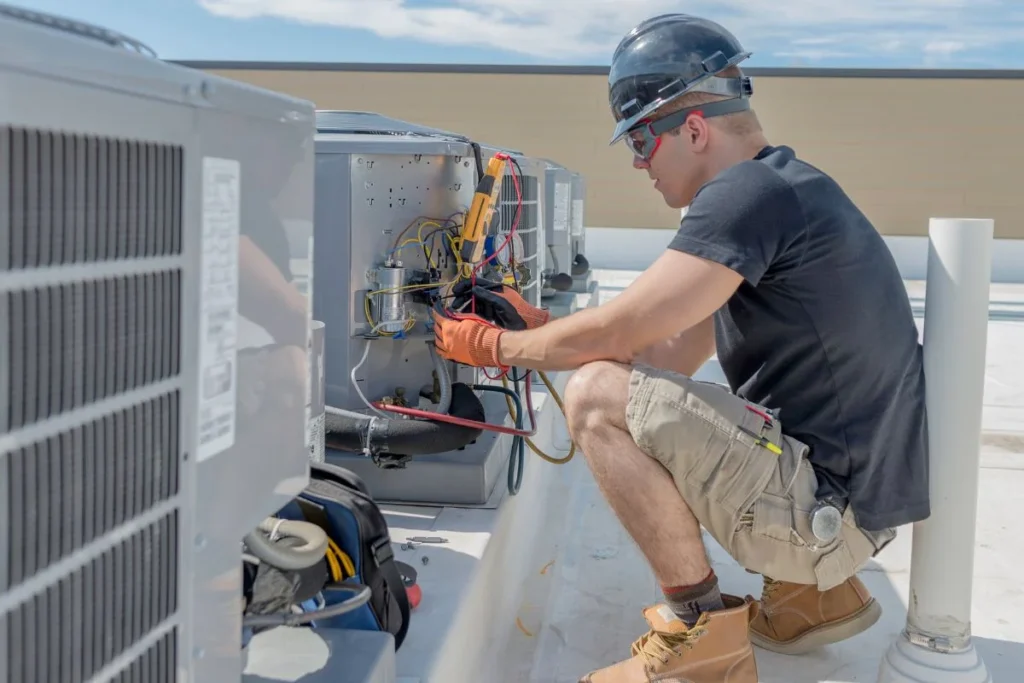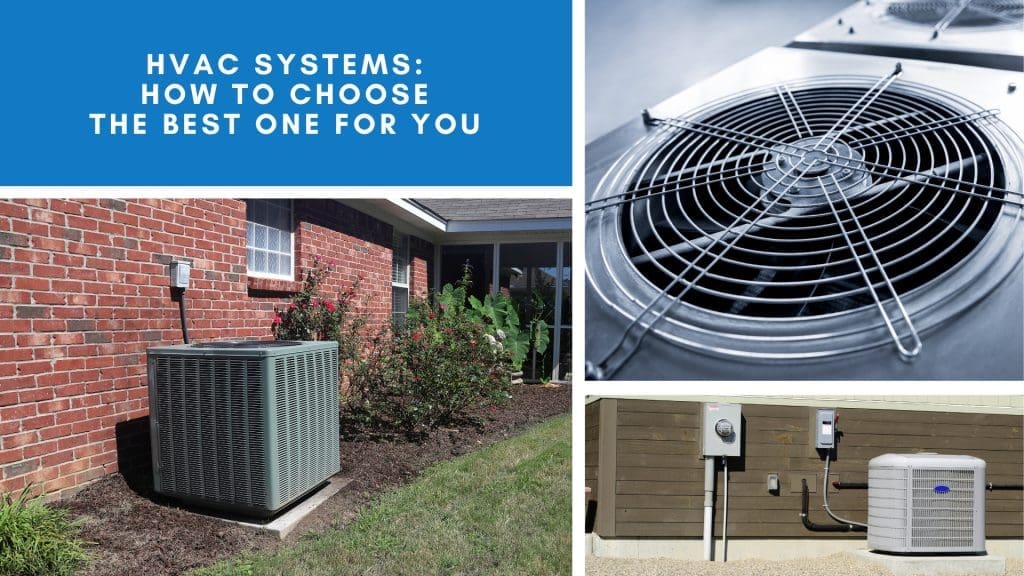When it comes to maintaining a comfortable environment in your home or business, understanding the basics of your HVAC system is crucial. One component that often goes unnoticed is the heat sequencer.
A heat sequencer is a key player in the operation of your heating and cooling system. It’s like the conductor of an orchestra, directing the flow of electricity to different parts of your HVAC system at the right times.
But what happens when this conductor starts missing its cues? You might experience uneven heating, a constantly running blower, or even a complete system shutdown.

In this article, we’ll demystify the heat sequencer. We’ll explore its role, how it works, and the symptoms of a faulty sequencer.
Whether you’re a small business owner, a work-from-home professional, or a busy stay-at-home mom, this guide will help you understand this vital component. So, let’s dive into the world of heat sequencers.
What is a Heat Sequencer?
A heat sequencer is a critical component in HVAC systems, especially in electric furnaces and heat pumps. It controls the sequence of operation, ensuring that heating elements are activated at the right time.
Think of the sequencer as a traffic controller for electricity. It regulates the order in which heaters turn on, preventing an overload and thus keeping your system from going haywire.
Key Functions of a Heat Sequencer
- Controls Timing: Activates heating elements in a precise sequence.
- Prevents Overload: Avoids electrical surges by staggering activation.
- Ensures Safety: Reduces risk of overheating and electrical issues.
Not all heat sequencers are the same. They come in different types like single-stage and multi-stage, each suited to different heating systems and demands.
In a nutshell, the sequencer ensures that your HVAC system runs smoothly, efficiently, and safely. Without it, the heating elements might all start at once, leading to potential problems. Understanding what a heat sequencer does is foundational to recognizing its importance in your heating system.
The Role of Heat Sequencers in HVAC Systems
Heat sequencers play a pivotal role in your HVAC system’s performance. They are essential in both electric furnaces and heat pumps, enhancing efficiency and safety.
By controlling the activation sequence of heating elements, heat sequencers ensure a balanced electrical load. This prevents sudden surges, minimizing the risk of power outages or system failure.
In HVAC systems, the heat sequencer also contributes to maintaining comfortable indoor temperatures. It coordinates heating cycles to keep your home warm without unnecessary energy use.
For heat pumps, sequencers manage the defrost cycle, critical in maintaining efficiency during colder months. They help prevent ice build-up, enabling consistent heat delivery.
Ultimately, the heat sequencer’s role extends beyond just heating. It can also impact energy bills by optimizing how energy is used throughout the heating process. Understanding this role is key to appreciating the impact heat sequencers have on your overall HVAC system.
Types of Heat Sequencers and Their Functions
Heat sequencers come in various types, each designed for specific HVAC applications. Understanding these types helps in selecting the right one for your system.
The two main types are single-stage and multi-stage sequencers. Single-stage sequencers are typically used in simpler heating systems with fewer elements to control.
Multi-stage sequencers are used in more complex systems. They handle multiple heating elements, turning them on in a staggered sequence to maintain efficiency and safety.
Here’s a brief overview of their functions:
- Single-Stage Sequencers: Operate one heating element or fan at a time.
- Multi-Stage Sequencers: Control several elements in a sequence, managing load balance.
- Fan Sequencers: Coordinate the fan’s operation with the heating sequence.
Besides heating, fan sequencers play an essential role in managing airflow. They ensure the fan runs only when needed, reducing unnecessary energy use.
In electric furnaces and heat pumps, selecting the correct sequencer type enhances system performance. It ensures that all components work harmoniously, providing efficient and effective heating solutions tailored to your specific needs.
Symptoms of a Bad Heat Sequencer
A faulty heat sequencer can lead to several noticeable issues. Recognizing these symptoms early helps prevent larger problems.
One common sign is uneven heating throughout your space. If some rooms are warmer than others, the sequencer might not be activating all heating elements properly.
You may also hear unusual noises from your HVAC unit. Clicking sounds can indicate the sequencer’s failure to engage components in the correct sequence.
Another symptom is the blower fan operating without the heat turning on. This suggests a malfunctioning fan sequencer, causing airflow problems.
In some cases, the HVAC system may fail to start. A sequencer that isn’t sending signals effectively might leave your system unresponsive.
Higher energy bills without increased usage are a red flag too. Inefficient sequencing can lead to energy waste, raising utility costs unnecessarily.
If you notice these symptoms, consider assessing your heat sequencer. Addressing these signs promptly can restore comfort and efficiency to your home or business.
Diagnosing and Testing a Faulty Heat Sequencer
If your HVAC system shows signs of a faulty heat sequencer, diagnosing the problem is crucial. A systematic approach ensures you don’t overlook potential issues.
First, power off your system before inspecting the sequencer. Safety is paramount to prevent electrical shock or further damage.
Next, locate the heat sequencer within your system. Consult your unit’s manual for exact placement and wiring details.
Testing involves checking the sequencer’s continuity with a multimeter. This device helps detect if electricity flows through the sequencer properly.
Here’s a simple step-by-step guide:
- Turn off the power supply to the HVAC unit.
- Remove the HVAC panel to access the sequencer.
- Use a multimeter to test each terminal for continuity.
- Compare your results with the manufacturer’s specifications.
- Replace the sequencer if readings show inconsistencies.
If you’re uncertain about the process, it’s wise to consult a professional. They can confirm if the sequencer is the root of the problem or if other components are involved. Proper diagnosis prevents unnecessary repairs and ensures your HVAC system functions efficiently.
Safety Precautions When Handling Heat Sequencers
Safety should always come first when dealing with HVAC components. When working on a heat sequencer, ensure the power is disconnected. This step prevents electrical shock and protects both you and your system.
Wear proper safety gear, such as insulated gloves and safety glasses. These protective measures guard against unexpected injuries while handling electrical components.
Stay informed about the parts you’re dealing with. Refer to the HVAC unit’s manual for specific instructions. Taking the time to understand the procedures reduces the risk of mistakes and ensures a safer experience. If in doubt, calling a professional is the best course of action.
When to Call a Professional for Heat Sequencer Issues
Sometimes, it’s best to leave technical matters to the experts. If your HVAC system is not heating properly, it might be a sign of sequencer problems. Uneven heating or a system that won’t start are clear indicators.
Complex electrical components, like heat sequencers, require skilled handling. Attempting repairs without the right expertise can cause more harm than good. A professional can quickly diagnose and fix issues, saving you time and stress.
Moreover, if you notice recurrent problems even after troubleshooting, it’s a signal that deeper issues might exist. Hiring a professional not only resolves current troubles but also ensures your system runs efficiently long-term.
The Impact of Heat Sequencers on Energy Efficiency
A well-functioning heat sequencer plays a pivotal role in energy conservation. By managing the order of activating heating elements, it prevents electrical overload. This staggered activation reduces strain on the system, enhancing efficiency.
Inefficient sequencers can lead to inconsistent heating, resulting in higher energy bills. When heating elements turn on simultaneously, it can lead to system stress and increased costs. Proper sequencer operation ensures heating stages are optimized for energy savings.
Additionally, a reliable sequencer contributes to consistent indoor comfort. It minimizes energy waste and extends the lifespan of your HVAC components. Investing in maintenance or upgrades can significantly boost your overall energy efficiency.
Regular Maintenance and the Lifespan of Heat Sequencers
Consistent HVAC maintenance is key to a long-lasting heat sequencer. Regular checks can prevent issues before they become costly problems. This proactive approach ensures sequencer efficiency.
Routine inspections help identify wear and tear early. Addressing these can save on energy bills and extend the sequencer’s life. It’s an investment in comfort and peace of mind.
Most heat sequencers last several years with proper care. However, factors like usage intensity and environmental conditions can affect durability. Keeping up with scheduled maintenance can maximize the lifespan of your heat sequencer.
Upgrading and Replacing Your Heat Sequencer
Thinking about an upgrade? A new heat sequencer can improve your HVAC system’s performance. Technology advances have made newer models more efficient.
If your system isn’t meeting your needs, it might be time to consider a replacement. Older sequencers can struggle with energy efficiency. An upgrade could lead to noticeable savings on your utility bills.
Replacing a heat sequencer requires specific tools and knowledge. Although some homeowners might feel tempted to attempt a DIY solution, professionals ensure safety and compatibility. Choosing the right sequencer involves considering factors like model and compatibility.
Installation without the correct approach might cause issues. A professional will help guide you through the selection process and ensure a perfect fit. If thinking about making a change, reach out to a trusted HVAC technician.

Conclusion: Ensuring Comfort and Efficiency with Proper Sequencer Function
In your HVAC system, the heat sequencer plays a vital role. It keeps your home comfortable by controlling the sequence of heating elements. A well-functioning sequencer ensures both efficiency and safety.
Addressing heat sequencer issues swiftly is crucial. A malfunctioning sequencer can lead to uneven heating and higher energy costs. Regular maintenance helps prevent unexpected failures.
Whether it’s diagnosing problems or considering an upgrade, professional guidance makes a difference. Trust in expert advice to keep your system running smoothly. Your comfort and energy savings depend on a properly functioning heat sequencer, so prioritize its care and performance.


